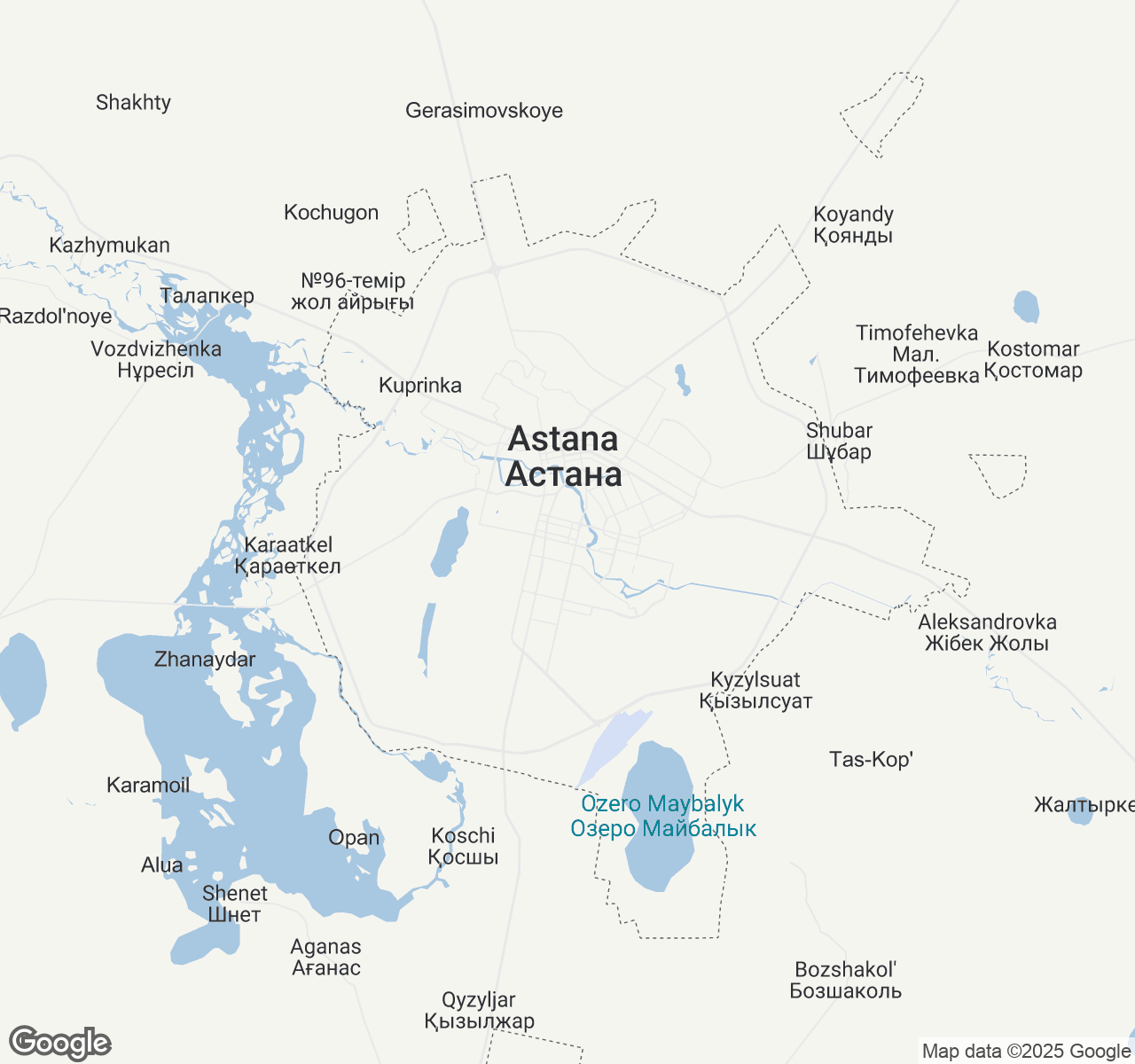
Things to Do in Astana
Discover the best of Astana
Plan Your Trip
Essential guides for timing and budgeting
Top Things to Do in Astana
Discover the best activities and experiences. Book now with our trusted partners and enjoy hassle-free adventures.
Your Guide to Astana
About Astana
Where futuristic dreams rise from ancient steppes, Astana defies every expectation of what a capital city should be. This remarkable metropolis, reborn as Nur-Sultan and now returned to its original name, stands as humanity's boldest architectural experiment against the vast Kazakh sky. Glass pyramids pierce winter's bitter embrace while golden towers catch the endless summer light, creating a skyline that seems borrowed from tomorrow. Here, nomadic heritage whispers through ultramodern corridors, and the wind carries stories of both ancient silk routes and digital highways. The city pulses with an infectious optimism, where every gleaming surface reflects not just light, but possibility itself. This is a place where East truly meets West, where tradition dances with innovation, and where the very air seems charged with the electricity of a nation writing its future in steel, glass, and dreams.
Travel Tips
Transportation: Use the efficient bus system with contactless payment cards available at stations. Taxis through apps like Yandex.Taxi are reliable and affordable. The LRT light rail connects key districts. Avoid walking long distances in winter—temperatures can drop to -30°C.
Money: Kazakhstan Tenge (KZT) is the local currency. Credit cards are widely accepted in hotels and restaurants, but carry cash for markets and small vendors. ATMs are abundant in the city center. Tipping 10% is customary in restaurants.
Cultural Respect: Remove shoes when entering homes and some traditional restaurants. Dress modestly when visiting mosques. Learn basic Russian or Kazakh greetings—locals appreciate the effort. Avoid public displays of affection and always accept offered tea or food graciously.
Food Safety: Tap water is safe to drink but bottled water tastes better. Try traditional horse meat dishes like shuzhuk at established restaurants. Street food is generally safe, but choose busy stalls with high turnover. Dairy products are excellent and locally sourced.
When to Visit
Astana's extreme continental climate creates distinct seasons with dramatic temperature swings.Summer (June-August)offers the most comfortable weather with temperatures ranging from 15-30°C, though brief thunderstorms provide 40-50mm monthly rainfall. This peak season sees hotel prices increase 40-60%, coinciding with Independence Day celebrations (December 16th moved ceremonies) and Kurban Ait festivals.Spring (April-May)andAutumn (September-October)provide sweet spots with mild temperatures (5-20°C), minimal rainfall (20-30mm), and 20-30% lower accommodation costs.Winter (November-March)transforms the city into a crystalline wonderland, with temperatures plummeting to -15°C to -35°C and minimal precipitation mostly as snow. While brutally cold, winter offers 50-70% reduced prices and spectacular views of illuminated architecture against snow. The Nauryz spring festival (March 21-23) marks winter's end with busy celebrations.Best for families and first-time visitors:June-August for comfortable exploration.Best for budget travelers:January-February for dramatic savings and winter sports.Best for photographers:October-November for golden autumn light and December-January for impressive winter cityscape contrasts.

Astana location map